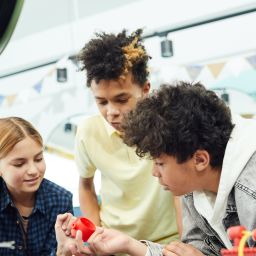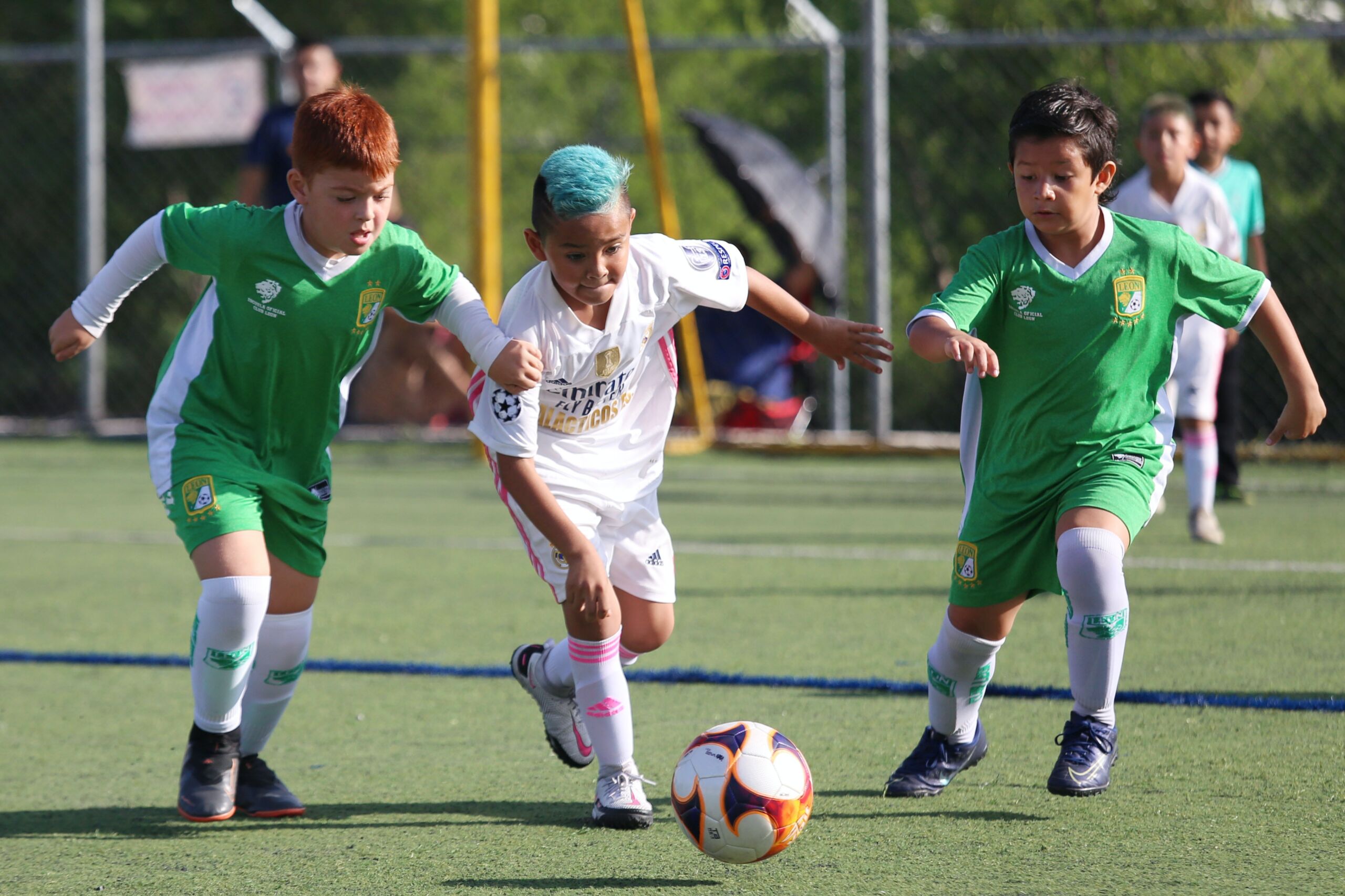
FH Summary: Mental models are important tools to enhance a child’s cognitive development and foster positive habit formation. Mental models, which are cognitive structures that help us understand the world, significantly influence a child’s learning process, problem-solving abilities and future success. By consciously introducing and nurturing these mental models, parents and educators can contribute to an upward spiral of continuous growth and improvement in children.
Welcome, parents, educators, and caregivers, to a fresh, enlightening read from your trusted source, First Habits – Lifetime Success. This week, we’re diving deep into a topic that is vital in the journey of child development and learning: mental models. This post aims to shed light on why mental models are crucial teaching tools and how you, as parents or educators, can utilize simple yet powerful mental models to propel your child’s understanding of how to classify information and build “scaffolding” within your child’s mind so that they can build and categorize complex information. Brace yourself for an exciting journey as we navigate the remarkable impact of mental models in building elevated foundations of childhood development.
What Are Mental Models, and Why Do They Matter in Child Development?
Mental models are how we simplify complexity, why we consider some things more relevant than others and how we reason. Put simply, mental models are the constructs or maps within our minds that help us understand and navigate the complex world around us. Said another way by James Clear, “The phrase mental model is an overarching term for any sort of concept, framework, or worldview that you carry around in your mind.” These cognitive structures guide our thought processes, shape our understanding of how things work and thereby influence our decisions and actions.
For an adult, a common mental model to think about is confirmation bias. We as humans have a tendency to look for information that backs up our pre-existing theories and notions and provides less weight to data or information that refutes our theory or tells a different story. Knowing that we all are subject to that bias in our lives, we can use that mental model or way of thinking as a pathway to structure and process information that comes into our decision-making process. So using the confirmation bias mental model, if we only saw information that was positive about a particular topic we might second guess whether all reliable information that existed was actually positive or whether we might just be searching out and finding the positive information. It might cause us to second guess ourselves and actively seek out negative information that might disprove our theory.
The late Charlie Munger, the famous American businessman and a well-known proponent of mental models, had this to say, “What you need is a latticework of mental models in your head. And, with that system, things gradually get to fit together in a way that enhances cognition. You’ve got to array your experience – both vicarious and direct – on this latticework of models. You may have noticed students who just try to remember and pound back what is remembered. Well, they fail in school and fail in life.”
For a complete list of all mental models, please see here. Obviously you don’t want to start at the top and work through to the bottom with all mental models that are possible, but hopefully some of them jog your brain and you can come up with a few that are age-appropriate to discuss with your child.
The last part is so important and key to our previous posting about memory, here. Just remembering something using a rote system to “pound back what is remembered” is the exact wrong way to go about it. Everything needs to fit together. In future posts we’ll walk through how to make this blatantly obvious to your children and create a First Habit about relating concepts together, but for now let’s learn more about mental models.
For a child, every moment is an opportunity for exploration and discovery. Mental models act as the backbone of a child’s cognitive development, forming a mental GPS to guide them through the labyrinth of experiences that they encounter. Every sound they hear, sight they see and emotion they feel contributes to the building and refining of their mental models.
By consciously nurturing these mental models, we can significantly bolster a child’s cognitive development, enhancing their problem-solving abilities and sparking an upward spiral of positive growth and development. Simultaneously, we can instill better habits that can lay the groundwork for a successful future.
The Link Between Mental Models and Habit Formation
You may be wondering, “How exactly do mental models relate to habit formation?” This is a valid question, and the answer lies closer than you might think. Mental models act as internal scripts for our actions – they are the autopilot that steers our reactions, decisions, and ultimately, our habits. As such, when children develop wholesome and constructive mental models, they inevitably cultivate corresponding positive habits, initiating an upward spiral of positive growth and learning.
Conversely, a lack of mental models or an inappropriate application of these can lead to the development of less beneficial habits, triggering a negative spiral. Therefore, by teaching children about mental models, we equip them with essential cognitive blueprints that enable them to consciously shape their habits. This process of intentional habit creation is central to an elevated child development journey, influencing not only their present but also their future academic and professional lives.
Mental Models in Action: A Real-Life Story
A story is worth a thousand words, so let’s bring this concept to life with an example from our First Habits community. Meet Timmy, a naturally curious seven-year-old who loves to learn. Despite his insatiable thirst for knowledge, Timmy often found it challenging to organize the information he learned, leading to confusion and frustration.
Recognizing this challenge, his parents decided to introduce the concept of mental models. They began with a simple model – the “tree” model. They explained that just as a tree has a trunk, branches, and leaves, knowledge too can be organized in a similar manner. The broad subject (like “animals”) is the trunk, the sub-categories (like “mammals,” “birds,” “fish”) are the branches, and specific facts, such as individual animals and their characteristics, become the leaves on these branches.
This simple yet powerful mental model was a game-changer for Timmy. It gave him a new way to group information logically and cohesively and he used it over time to effectively categorize many different types of information – both academic and outside of school. Over time, his understanding deepened, and his learning accelerated, proving the transformative power of mental models in action.
This short story demonstrates that mental models are not just conceptual tools; they are practical tactics for improving learning and comprehension.
How Can You Foster Mental Models in Your Child?
Now that we’ve seen the power of mental models let’s explore how you can help your child develop these potent cognitive tools:
1. Modeling by Example
Children learn by observing and emulating adults. Be a living example of how to use mental models. Discuss your decision-making processes with your child and explain the mental models you use. Real-world examples of mental models in action make for excellent teaching moments. Ask them how they would go about proving a new fact was true or false to illustrate the scientific method. Talk about supply and demand on a trip to your local supermarket. Discuss a margin of safety when looking at a bridge or a tall building. All of these important concepts can then be used for the rest of their lives as important mental models.
2. Encouraging Curiosity
Fuel your child’s innate desire to explore and learn. Provide opportunities for them to learn about various subjects, which will serve as the building blocks for a multitude of mental models. Consider trips to libraries and museums, nature walks and hands-on activities that stimulate their cognitive development.
3. Promoting Reflective Thinking
Encourage your child to think about what they’ve learned and reflect on their experiences. Questions like “What did you notice?” or “How does this change your understanding?” can aid in refining and strengthening their mental models.
4. Introducing Formal Models
Once your child is comfortable with informal models built from their experiences, you can introduce more structured ones. These could include concepts from various fields like science, economics, or sociology. This broadens their cognitive toolbox and prepares them for more complex learning as they grow older. Also, it’s very important to understand that just having your child understand that mental models exist and are a helpful tool to categorize information is sometimes enough to kick start the process of learning, ie being given a tool that encourages learning sometimes is enough of a confidence boost that can offer that slight edge that can drive an upward spiral.
5. Creating a Safe Space for Learning
Create an environment where mistakes are seen as learning opportunities, not failures. In a space where risk-taking is encouraged, children are more likely to explore, innovate and grow.
Crafting Future Thinkers: The Long-term Impact of Mental Models
Teaching your children to use mental models is an investment in their intellectual future. As they learn to group and organize information efficiently, their comprehension, creativity and problem-solving skills will flourish. The simple act of instilling these First Habits sets them on an upward spiral of continuous growth and improvement, shaping them into the thinkers and doers of tomorrow.
In conclusion, mental models play a significant role in child development and learning. As parents and educators, it’s crucial to recognize and leverage this potent tool in fostering intellectual growth in our children. To learn more about how to instill valuable habits in your children, don’t forget to visit the First Habits website and sign up for our weekly newsletter. Together, let’s inspire and shape the future leaders of our world.












